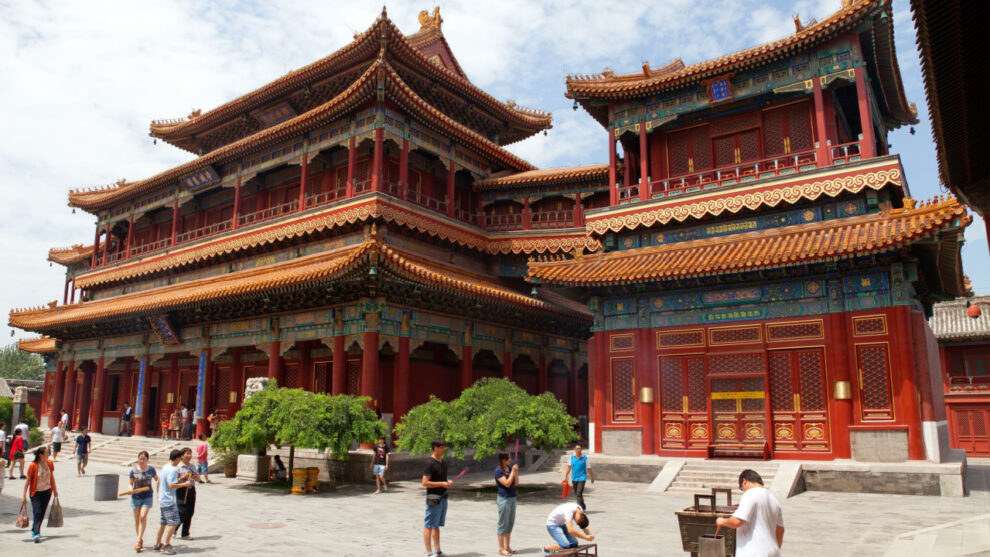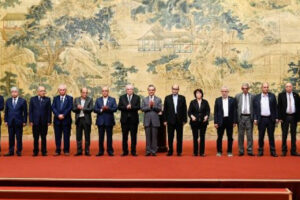Number of visitors up 367% at start of year with about half born after 1990, according to travel websites
In the search for a job in a gloomy economy, many young people in China are hoping for divine intervention.
According to data released by the Chinese travel platform Qunar, the number of visitors to temple scenic spots increased by 367% in the first quarter of this year, compared with the same period in 2022.
Much of that increase can be accounted for by the opening up of tourist and cultural destinations since zero-Covid restrictions were abandoned in December. But some other religious sites are also experiencing increases in visitors compared with their pre-Covid levels.
Nearly 2.5 million tourists visited Mount Emei in Sichuan, one of the four holy mountains in Chinese Buddhism, between January and May. That is over 50% more than in the same period in 2019.
According to Trip.com, another travel platform, about half of the templegoers in January and February were born after 1990. Millennials and Gen Z are part of a cohort of young people facing record levels of unemployment. In May, the unemployment rate for 16- to 24-year-olds hit 20.8%. China’s difficult economic recovery from zero-Covid and slowdowns in the education, property and technology sectors have squeezed opportunities for fresh graduates, causing many to have more faith in deities than their degrees.
The phrase “incense-burning youth” has caught fire on social media, referring to young people who have turned to spiritual offerings in an attempt to increase their prospects. “Between going forward and going to work, I choose incense,” is one popular catchphrase.
The slogan reflects a desire to pray for self-improvement, as well as the decision of some young people to opt out of the rat race altogether. It has been linked to neijuan, or “involution”, the term used to describe the intense pressure felt by young people in China, where putting in more effort often feels futile.
Many temples have cashed in on this demand for spiritual nourishment by offering meditation courses, on-site cafes and, according to some reports, psychological counselling centres. All this has been labelled the “temple economy” by some commentators.
Buddhist-style trinkets are also increasingly popular. In January, Lama temple, Beijing’s biggest Buddhist monastery, issued a statement clarifying that it had not authorised third-party platforms to sell Lama temple bracelets, contrary to the claims of some online vendors.
Although the Chinese Communist party is officially atheist, many people turn to ancient practices in times of need.
Prof Emily Baum of the University of California, Irvine, who studies modern Chinese history, said: “In China, which has a long history of ancestor worship, youths might go to a temple to leave offerings for deceased relatives in the hopes of receiving favour in the future.”
For Chinese worshippers, burning incense is a practical as well as spiritual act. Prof James Miller of Duke Kunshan University in Jiangsu, China, an expert on the Chinese traditional practices of Taoism, said: “Visiting temples is not seen as a necessary indicator of religious belief but as a practical step that anyone can take to help with the problems that they are facing.
“Although the Chinese Communist party promotes atheism, it also promotes traditional Chinese values, which are inscribed in China’s long and complex religious history.”
Source: The Guardian















